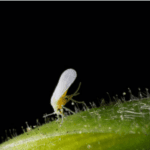The whitefly, a persistent pest in agriculture and gardening, poses significant challenges in the care of plants and crops. This article provides a comprehensive overview of the taxonomy, life cycle, feeding habits, and control methods of the whitefly, essential for those seeking effective solutions in pest management.

Taxonomy and Classification of the Whitefly
The whitefly, belonging to the Aleyrodidae family, is classified within the Hemiptera insects, similar to aphids and cicadas. The most prominent species in agriculture are Bemisia tabaci and Trialeurodes vaporariorum, known for their impact on a wide range of crops.

Life Cycle and Reproduction: Understanding the Development of the Whitefly
The life cycle of the whitefly includes several stages: egg, nymph, pupa, and adult. This cycle can vary from three weeks to several months depending on environmental conditions. The rapid reproduction of these pests underscores the need for effective and timely management.
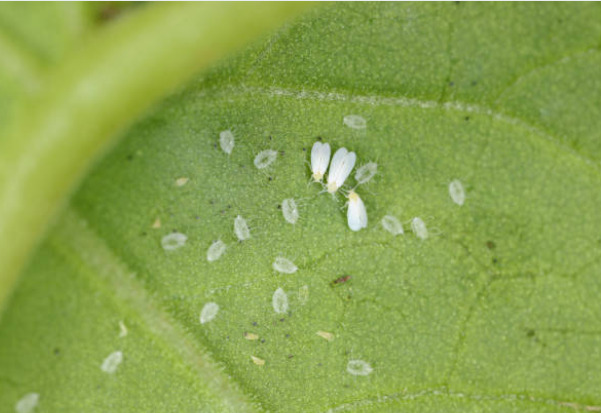
Feeding Habits and Their Impact on Plants
Whiteflies feed on plant sap, causing weakness and possibly the death of the plant. In addition, their feeding can facilitate the transmission of viruses and the formation of black mold due to the secretion of honeydew.
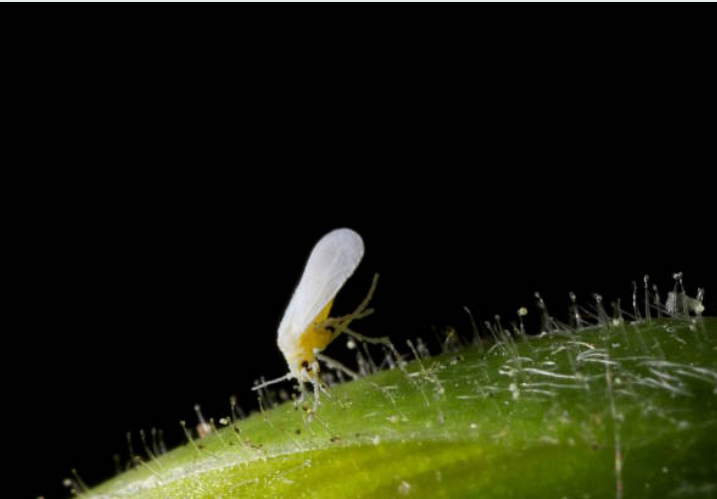
Migration Patterns and Dispersion Strategies
The ability of the whitefly to migrate and disperse, especially through wind or the transportation of plants, complicates its control. Understanding their migration patterns is vital for implementing effective preventive measures.
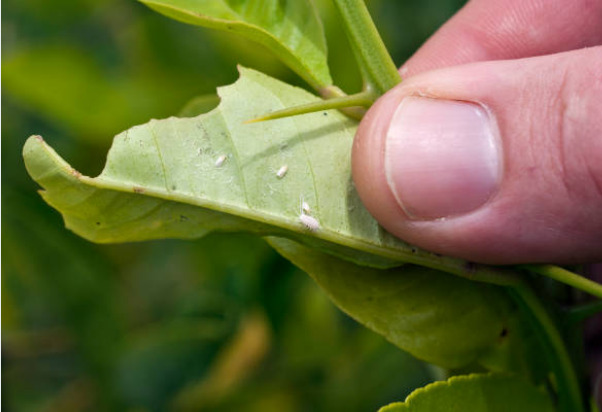
Conclusion: Strategies for Effective Whitefly Management
An integrated approach, combining biological knowledge with pest management practices, is essential for controlling the whitefly. Continuous education and the implementation of science-based strategies are key to protecting our crops and gardens from this persistent pest.
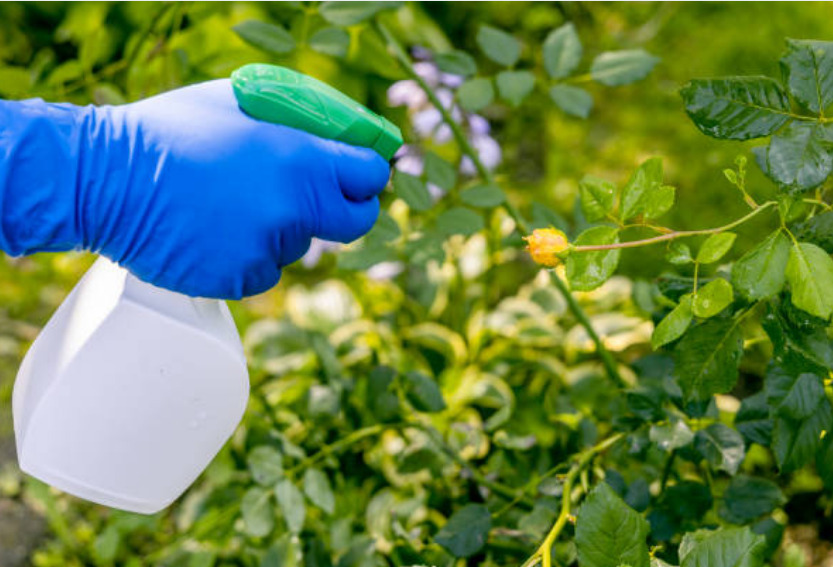
 AgronoBlog – Agriculture Blog
AgronoBlog – Agriculture Blog 